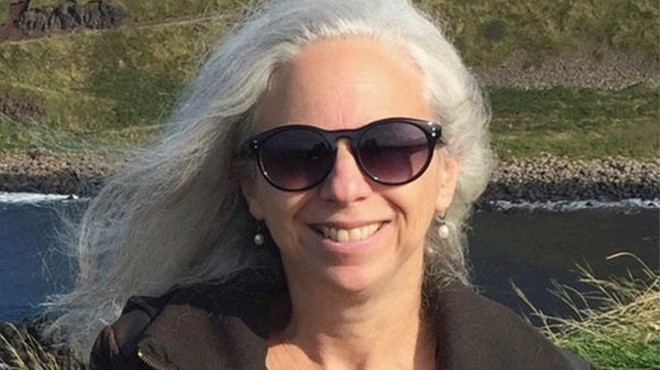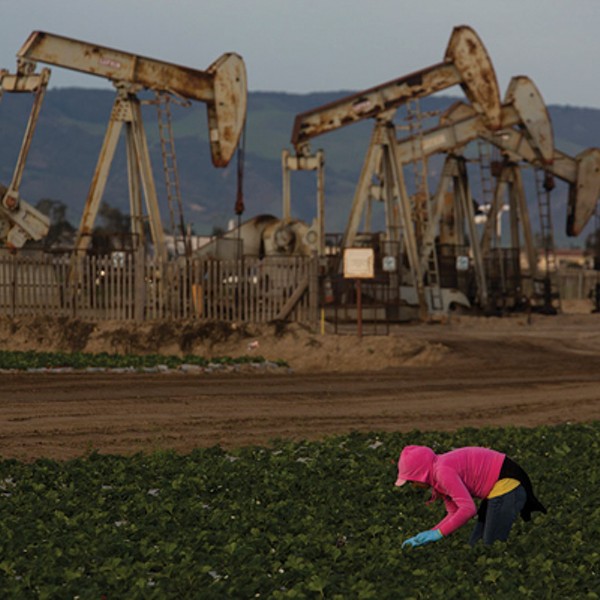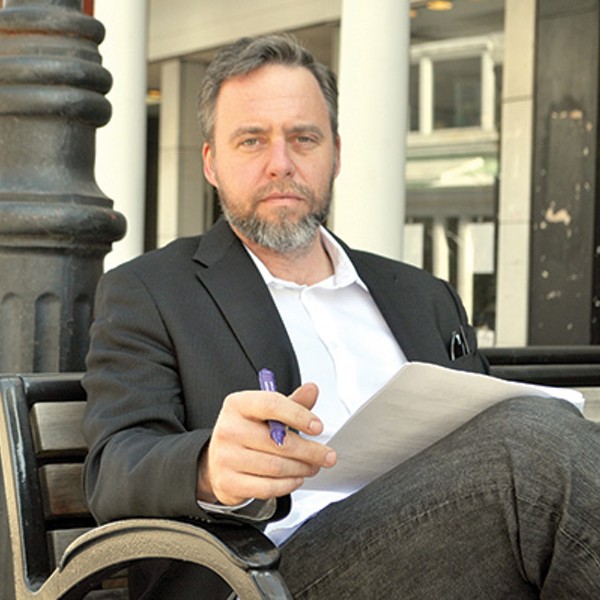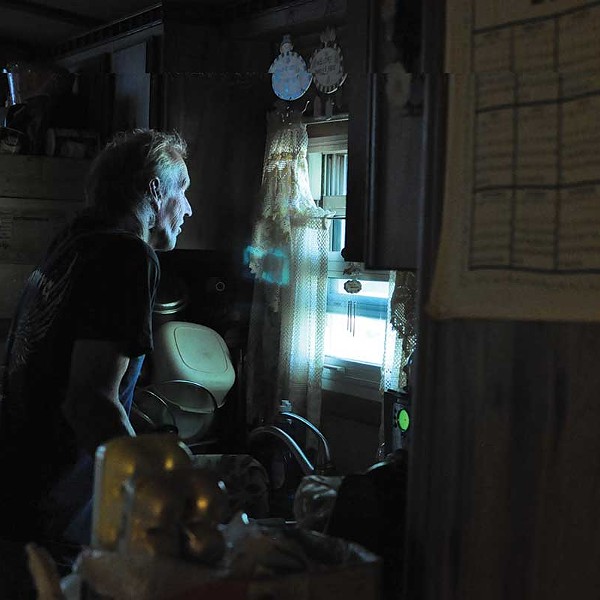By the end of February, it's possible the New York State Department of Conservation (DEC) will approve and implement regulations for hydraulic fracturing, bringing the state a step closer toward allowing the first horizontal wells to be drilled. But with public resistance to natural gas drilling increasing with each passing month, such an outcome isn't likely. Indeed, mistrust of the state's ability to review the impacts of fracking—much less monitor the industry should the ban on drilling be lifted—is growing each day, thanks to a process critics charge is mired in secrecy, convoluted, and seems ever more piecemeal and reactive.
Indeed, in its efforts to appease all sides, the state seems to be digging a deeper hole for itself. Rather than complete the massive environmental review—it's called the supplemental draft generic environmental impact statement, or SDGEIS—and then issue proposed regulations, the DEC chose to fast-track the process in the fall of 2011 by releasing its proposed regulations of the industry while it was still reviewing the SDGEIS. "It's putting the cart before the horse," says Katherine Nadeau, water and natural resource program director for Environmental Advocates of New York. The SDGEIS still had not been completed when revisions to the regulations were released last November and subjected to a 30-day public comment period, which ended January 11. That forced the public to comment on the DEC's proposed rule making with incomplete information as to the agency's own findings of fracking's environmental impacts.
The short duration and timing of the public comment period prompted protests from environmental groups and elected public officials and spurred a special hearing by three state Assemblymen. One testifier at the hearing was Carl Chipman, supervisor of the Town of Rochester, who noted the constraints of complying with Open Meetings laws, coupled with the holidays and officials' end-of-the-year accounting tasks, made it impossible for elected officials to hold the necessary public meetings. Chipman is a member of Elected Officials of New York, which sent a letter to Governor Cuomo demanding a 60-day extension. The group is threatening legal action if the request isn't granted.
Beyond the environmental concerns, Chipman says he's worried about the burdens fracking would put on municipalities, which would have to deal with the road damage from the heavy truck traffic, safety hazards to school buses, and an increase in accidents. Because under the proposed regulations the chemicals transported by the trucks won't have to be disclosed, in the event of an accident involving a spill towns won't have any information about the best way to deal with it, said Chipman.
"The DEC says it's up to the local government to handle the protocol on these things, which is insane," notes the supervisor. "The local government isn't involved in the decision-making process, yet the responsibility for all the problems falls back on us. It's a one-way street."
He and other municipal officials are also worried about fracking's impact on the local economy. He noted that the SDGEIS failed to address the potential negative socioeconomic impacts. "In my town, we're supported by agriculture and tourism. Fracking would have a negative impact on these types of jobs." Furthermore, the towns likely won't see any substantial increase in the tax base, since the oil and natural gas companies lease the land.
Another target for criticism is the state's ongoing health impact assessment, which was belatedly announced last fall after concerned citizens, including leading health professionals, blasted the DEC for failing to address the potential health impacts of fracking in its initial environmental review. Bowing to public pressure, the DEC commissioned the state's Department of Health (DOH) commissioner, Dr. Nirav Shah, to review its internal documents. It also hired three outside environmental health professionals as consultants.
Critics said the three consultants, while widely respected, have too little time to review the data. And no one's sure what data they're reviewing, since the DEC has refused to reveal the internal documents.
A better option would have been a comprehensive health impact assessment, the "gold standard" developed by the Centers for Disease Control, says Kathy Nolan, regional director for the High Peaks at Catskill Mountainkeeper. "If you try to do an internal review of internal documents on a short time frame with no public involvement, you haven't improved the process."
The DEC has extended its deadline for the final version of the SDGEIS and proposed rules by 90 days, to enable Dr. Shah and the consultants to complete their health impacts assessment. The DEC would not specify how far in advance the SDGEIS would be finalized before the release of its final regulations on February 27, but according to an industry spokesperson, the time period is 20 days—arguably not much time to incorporate any particular concerns raised by the health assessment report into the regulations. The DEC also has to issue its guidelines for well permits—and presumably respond to 204,000 comments delivered to DEC's Albany headquarters by Sean Lennon and Yoko Ono on January 11. (The comments are in addition to the 80,000 comments received in the DEC's previous review.)
It's all very confusing, say activists. "Different documents are running on different time frames, and there may be a third one for the revised SDGEIS," says Nolan. The agency could simply let the statuary deadline for its final rule-making on February 27 expire. It would then have to reissue a draft SGDEIS, as Nolan suggested, and hold more public hearings.
"Our frustration is over the repeated delays," says Brad Gill, executive director for the Independent Gas and Oil Association of New York, an industry group. "We've been living with delays for four and a half years now. The regulatory uncertainty and legislative hostility means that NY is not open for business."
DEC spokesperson Emily DeSantis notes that the DEC is committed to an objective assessment of the health and safety impacts. "If DEC decides that hydraulic fracturing cannot be safely done in New York, these regulations will not have any practical effect and the process will not go forward," she wrote in an e-mail. "If DEC decides that the process can be done safely, these regulations would be adjusted in accordance with the health and safety requirements and issues addressed in the Supplemental Generic Environmental Impact Statement."
Such reassurances fail to placate fracking opponents, who point to numerous weaknesses in the revised proposed regulations. A few examples: while the setback requirements for well pads from residences, schools, and other structures was extended from 100 feet to 500 feet, that distance "doesn't seem to be based on any clear rationale," according to Nolan. Nolan says her research indicates aquifers may be interconnected up to 4,000 feet. She notes that some Western states with 600-foot setbacks are considering increasing the distance.
The proposed regulations would also allow drilling over aquifers that aren't currently supplying drinking water, putting at risk clean water sources for the future, says Nadeau. She adds that another problem is that the rules continue to exempt fracking wastewater—the chemical-laden flowback water that comes back up the well after it has been drilled and the brine that is produced when the well is operational—as hazardous waste, despite the fact that "a lot of it would qualify." Municipal sewage plants are still being proposed as a possible way to dispose of the waste, despite the ecological disaster caused by this method of disposal in Pennsylvania, which subsequently banned the practice.
Nolan says the certain contamination of some aquifers from fracking isn't worth the supposed economic benefits. "I don't see any reason to follow through when, like being in a chess game, you see there's a checkmate down the road," she says. "That's the situation here.
"It's very difficult to get good results if you don't have a good process," she added. "The regulations so far are not adequate. Unless we see something substantially revised and changed in the process in February, we don't have what the DEC and Governor Cuomo have promised us, which is a really scientific approach to [assessing] the impacts of fracking in New York State."

















